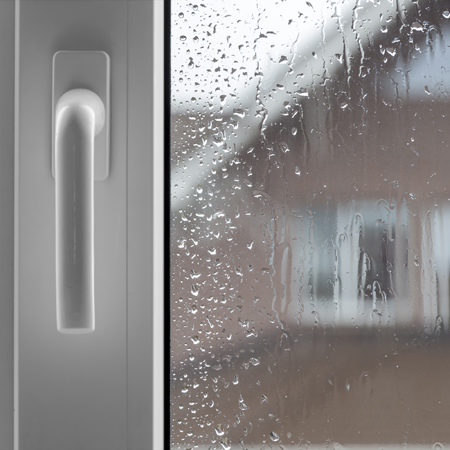Condensation Info
Internal and external condensation explained
Internal Condensation
This is usually a ventilation problem and cannot be caused purely by the installation of heat-retaining double or triple glazing. By acting as a heat barrier and providing an inner pane which is considerably warmer than the outer pane, condensation may be reduced.
Modern buildings are designed to eliminate draughts and do not have the natural ventilation that some older houses have with their chimneys and ill-fitted windows and doors. Houses which have been completely sealed by the installation of cavity wall insulation, loft insulation, double or triple glazing and draught proofing throughout are likely to become moisture traps. In such cases, codensation is a ventilation problem. Provided the rooms are heated normally, the solution will probably be found by providing controlled ventilation.
When a lack of ventilation is suspected, the householder should consult a heating and ventilation engineer.
In the case of the older, “unsealed” buildings, the dominant factor is likely to be the indoor temperature, and additional heat, or the introduction of localised heat near the windows, will probably provide the answer.

External Condensation
From time to time, we receive enquiries about the appearance of external condensation on glass. This is a naturally occurring phenomenon which is more prevalent the more highly insulating your windows are and is not a fault in the glass or window. Moisture condenses out of the air onto a cold surface that is said to be below the dew point. The dew point varies with the air temperature and the amount of moisture it contains. Particularly in spring and autumn, the glass temperature can fall to a low level during the night and the dew point can be comparatively high in these seasons. The glass temperature can be below the dew point under these conditions and moisture can condense onto the surface.